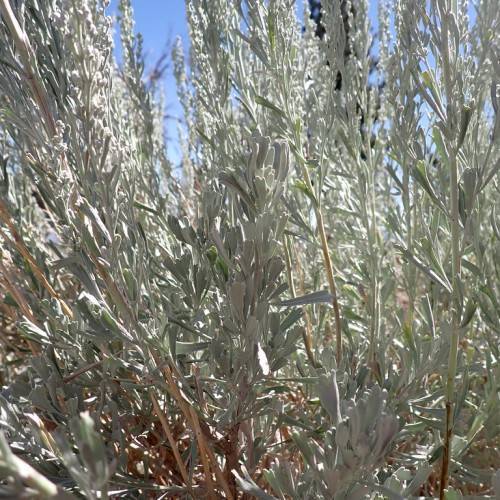
Big Sagebrush
Artemisia tridentata
Also Known As - Basin Big Sagebrush,Mountain SagebrushWatering:
Minimal
Hardiness Zone:
Sun:
full sun,part shade
Leaf:
Yes
Growth Rate:
Low
Drought Tolerant:
Yes
Salt Tolerant:
Yes
Thorny:
Yes
Care Level:
Medium
watering
Oldwoman should be watered once a week, using approximately 1/2 cup of water for each plant. Water directly into the growing medium, making sure to moisten the soil evenly. Soak the soil until it is wet on the surface but not overly soggy. Aim to keep the soil lightly moist at all times, never letting it completely dry out. Also, remember to only water the soil — not the plant's leaves or stems.
sunlight
Oldwoman plants, also known as Artemisia stelleriana, should receive at least 6 hours of direct sunlight throughout the day. In areas that have cooler climates, they may require some partial shade during the middle of the day to prevent their leaves from burning. In warmer climates, it is best to rotate Oldwoman plants so they are not exposed to direct sunlight for an extended amount of time. By doing this, the plants can receive the full amount of sunlight that it needs to grow and thrive without getting too much sun too quickly. Additionally, Oldwoman plants can also benefit from a few hours of indirect light each day, such as a few hours around sunrise or a few hours around sunset.
pruning
Oldwoman (Artemisia stelleriana) should be pruned lightly at the beginning of spring. This helps the plant to grow full and compact. Pruning should be done carefully, as too much pruning can cause damage. Deadwood should be removed, as well as any shoots that are growing too large and out of place. All weak, barren, and straggly shoots should be removed, as should any crossing branches. Pruning can also help to promote more flowers, but it should be done lightly as too much will reduce flower production. Depending on how much you are pruning, the pruning should be done every 2-3 years.
